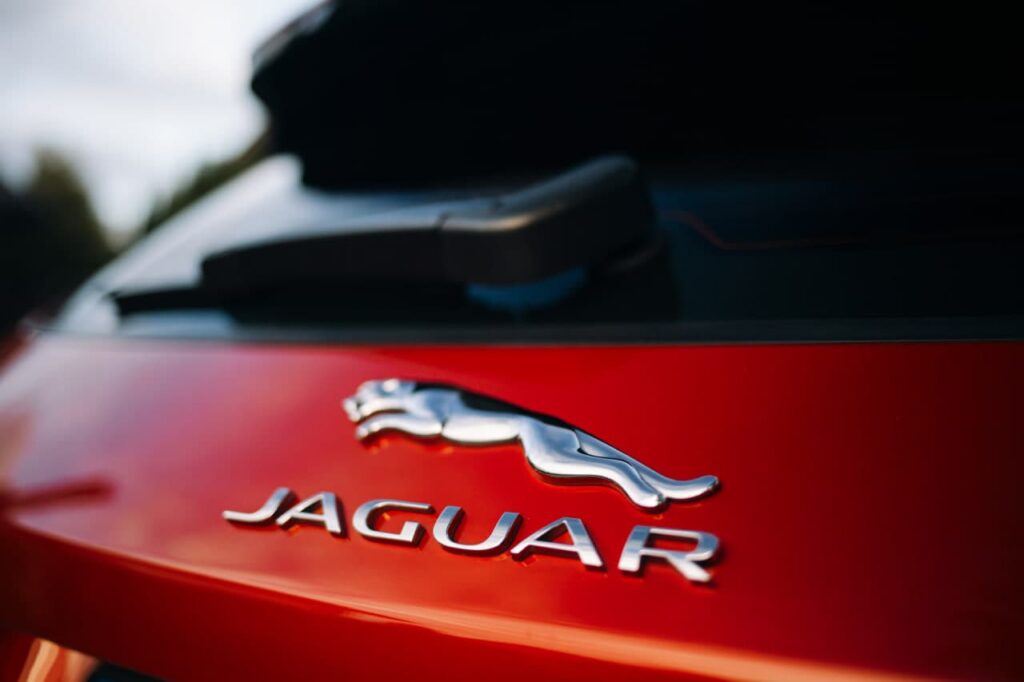After a year-long hiatus, the British luxury vehicle maker Jaguar returned to the limelight with a new advertising campaign designed to signal the rebranding and the firm’s pivot to an electrified future.
The campaign, running under the slogan ‘Copy nothing,’ received mixed reactions.
On the one hand, it was hailed for standing in stark contrast with the company’s past and, thus, signaling a bold and different future. On the other hand, the first commercial faced backlash on social media – primarily X – due to it being perceived as part of the ‘Culture war’ and a sign of the company going ‘woke’ by some.
Picks for you
Despite such a reaction hinting at an attempt at a boycott – with some X users even threatening one – most of the backlash came in the mockery of the ad as completely disconnected from cars, with even Elon Musk raising this point.
Despite the fears of a wider boycott and the media storm that spread from the reaction, Jaguar stock managed a notable rally in the last week of trading, hinting that the rebranding may have, by press time, worked.
Why Jaguar stock is climbing
Still, the situation around Jaguar is significantly more complicated, and – as Finbold reported on November 22 – it is possible that the initial downturn and the more recent climb have little to do with the luxury car brand.
Specifically, Jaguar is owned by the Indian conglomerate Tata Motors (BSE: TATAMOTORS), which is itself part of the even larger Tata Group – a corporation that operates in a wide range of sectors, including industry, energy, transportation, hospitality, retail, and more.
Indeed, much like the original Jaguar – or, more precisely, Tata Motors – stock decline observable in the aftermath of the ad was likely a mere continuation of a protracted downturn that started already in August for the company and in September for the wider Indian stock market, so is the current rally driven by more external factors.
Specifically, the entire NIFTY 50 – Bharat’s benchmark index – managed a 3.83% climb in the last 5 days.
Interestingly, the rally appears driven primarily by the fact that the country’s stocks have been facing a significant – 10.8% – downturn between late September and mid-November, and the latest performance could be an upward correction emerging from the apparent value buying opportunity.
The fragility of the upswing is exemplified by the majority of recent analyses having a vaguely fearful undertone amidst the discussion of the likely impact of Donald Trump’s tariffs – most recently revealed as 25% for Canada and Mexico and 10% for China – Goldman Sachs’ (NYSE: GS) warnings for further weakness and continued overvaluation, and concerns Chinese stimulus packages will drive foreign investments to the northeast.
Is Jaguar’s rebranding behind Tata Motors stock underperforming NIFTY 50?
Still, some developments have been specific to Tata Motors, as exemplified by the fact its stock has rallied significantly less than the broader index – 1.87% vs. 3.83% – in the last five trading sessions and at press time stands at ₹785.20 (~$9.30).
While this may, at face value, indicate that the backlash to Jaguar’s rebranding was harmful, it again does not appear likely. Tata Motors has been facing problems since August amidst earnings weakness and slowing sales.
The company’s November 6 report did little to improve the situation, showing a continued slowdown in revenue, sales, earnings, and numerous other critical metrics.
Featured image via Shutterstock








